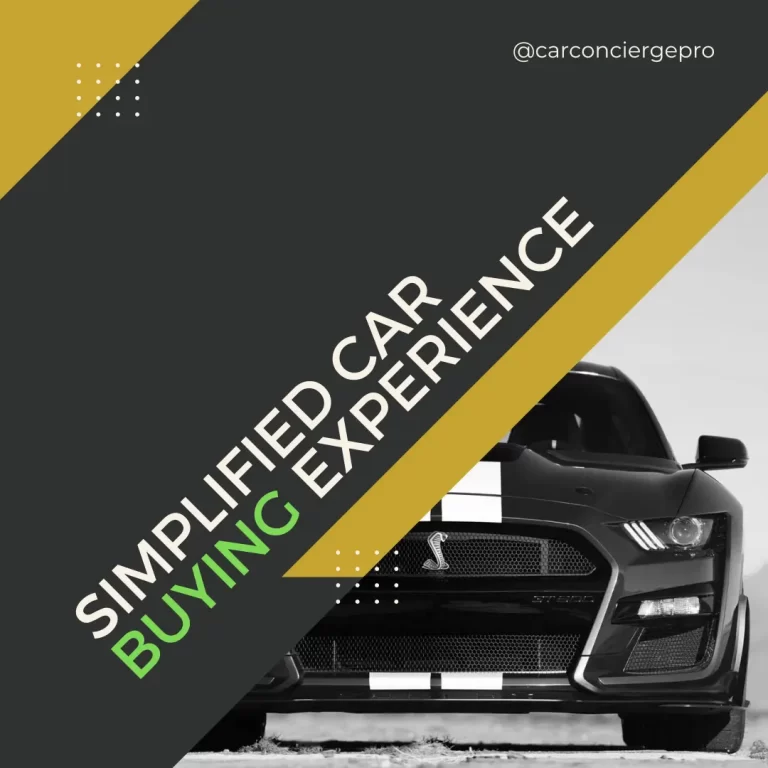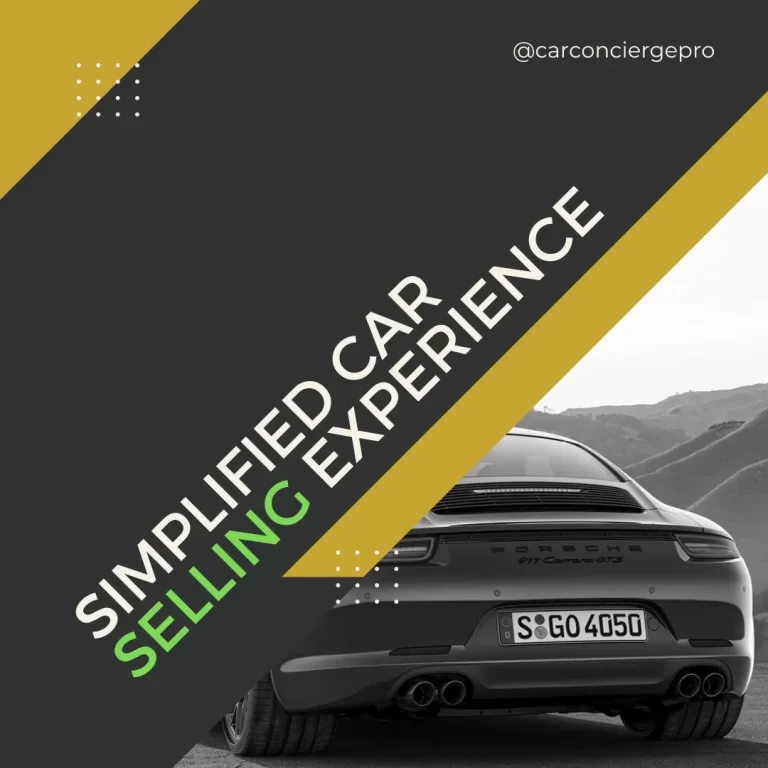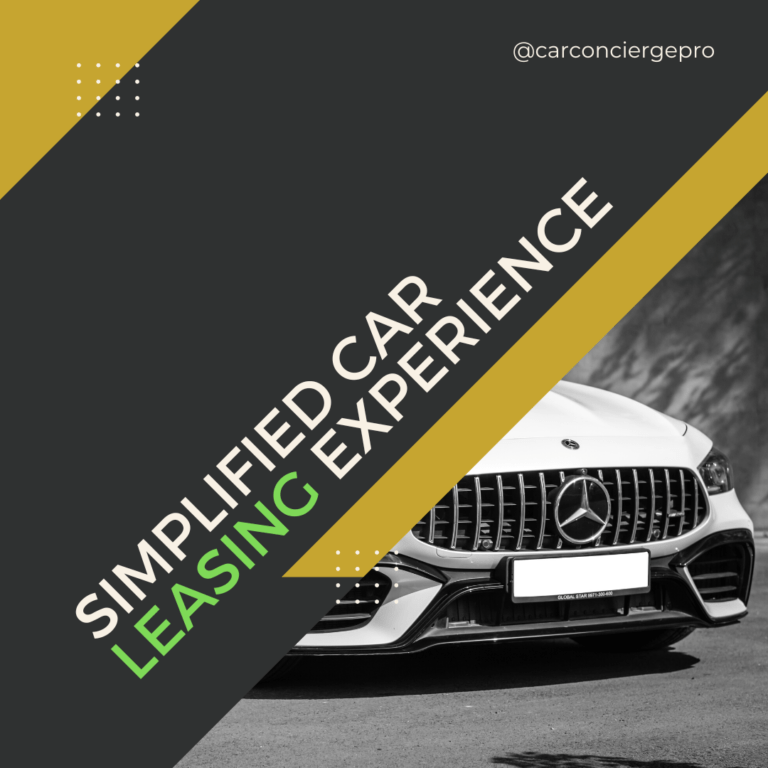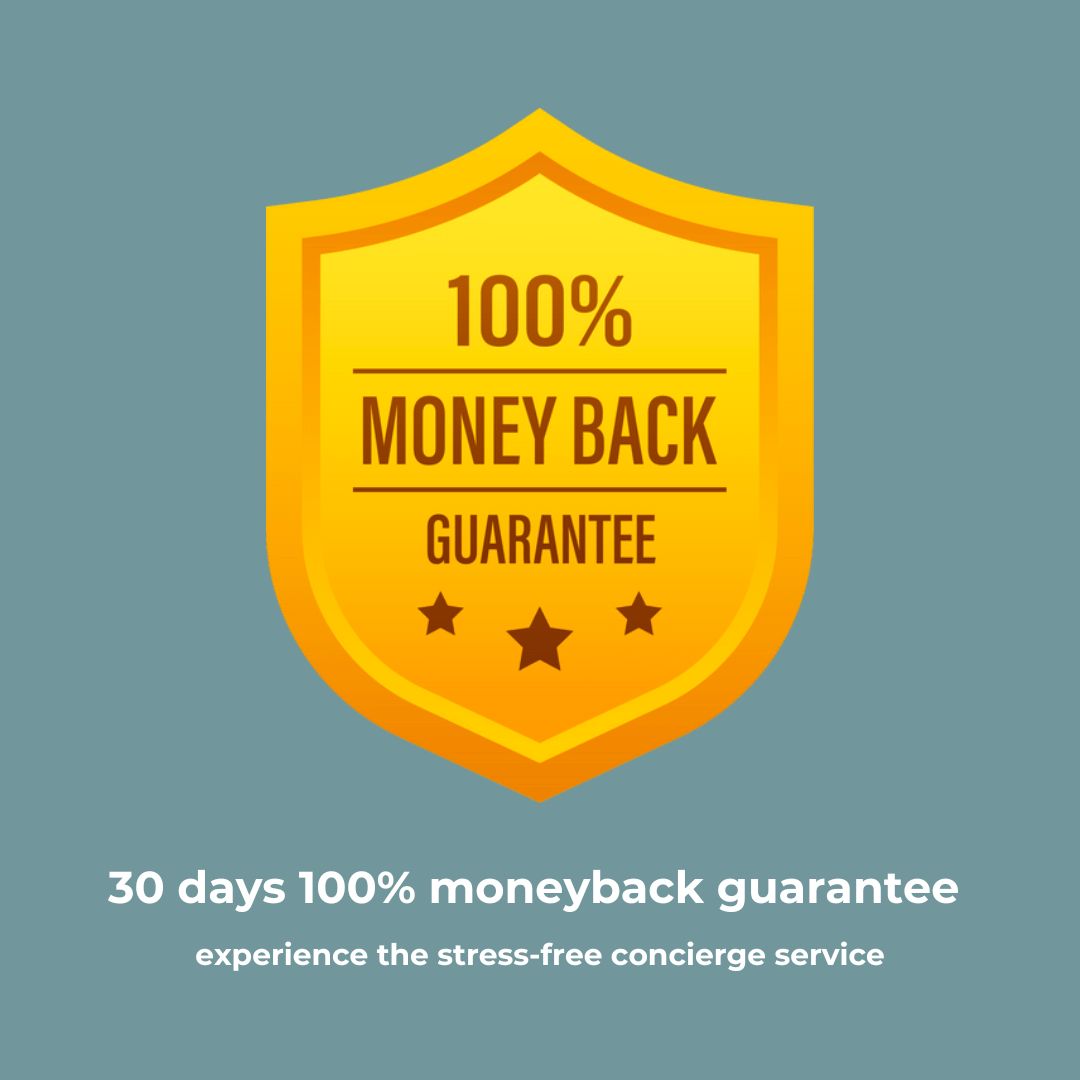Table of Contents
ToggleIntroduction
In today’s competitive automotive market, Customer Loyalty Value (CLV) has become a crucial metric for car manufacturers, dealerships, and service providers. CLV measures the long-term value a customer brings to a brand over their lifetime, factoring in repeat purchases, referrals, and service interactions. With increasing customer expectations and evolving automotive technologies, fostering loyalty can significantly impact revenue and brand reputation.
This article explores CLV in the automotive industry, its importance, relationship with government policies, and how it shapes business strategies. Whether you’re a car manufacturer, dealership, or an automotive service provider, understanding and optimizing CLV can provide a sustainable competitive advantage.
What is Customer Loyalty Value (CLV)?
Customer Loyalty Value (CLV) refers to the total revenue a business can expect from a single customer over their entire relationship with the brand. It accounts for various touchpoints, including vehicle purchases, aftermarket services, maintenance, financing, and referrals.
Key Components of CLV:
- Initial Purchase Value – The price of the car or service acquired.
- Retention and Repeat Purchases – Customers returning for upgrades, financing, insurance, or maintenance services.
- Brand Advocacy and Referrals – Loyal customers recommending the brand to family and friends.
- Service and Aftermarket Engagement – Engagement in vehicle servicing, accessories, warranties, and loyalty programs.
Example:
A customer who purchases a $40,000 vehicle and returns every five years for a new model, along with regular servicing, can generate over $200,000 in lifetime value. Factoring in referrals, this value increases exponentially.
Streamline Your Car Buying Experience Today
Let Car Concierge Pro handle the details while you enjoy a hassle-free, personalized car buying journey from start to finish.
Importance of CLV in the Automotive Industry
1. Enhancing Customer Retention
Building long-term relationships with customers ensures repeat business and reduces acquisition costs. A loyal customer costs significantly less to retain than acquiring a new one.
2. Boosting Profit Margins
Repeat customers tend to spend more on premium models, add-ons, and services, directly increasing profit margins.
3. Influencing Vehicle Design and Innovation
Automakers invest in features that enhance customer satisfaction, such as connectivity, fuel efficiency, and safety, to encourage brand loyalty.
4. Competitive Differentiation
Brands with high CLV often enjoy a strong reputation, better customer experiences, and a dedicated following, making them stand out in the crowded marketplace.
CLV and Government Contracting
1. Impact of Regulations on CLV
Government policies related to vehicle safety, emissions, and electric vehicle (EV) incentives shape customer preferences. Brands complying with these regulations often build trust and loyalty among consumers.
2. EV Subsidies and Incentives
Government subsidies for electric vehicles (EVs) influence purchasing decisions and long-term loyalty. Automakers investing in EV infrastructure can enhance CLV by aligning with sustainability trends.
3. Safety and Compliance Standards
Adhering to regulatory standards improves brand credibility. For example, automakers with a history of safety recalls may struggle to maintain high CLV.
Frequently Asked Questions (FAQs)
1. What is Customer Loyalty Value (CLV) and how does it work?
CLV represents the total revenue potential of a customer over their lifetime, factoring in purchases, service engagements, and referrals. It helps businesses strategize long-term customer retention.
2. Why is CLV important for car manufacturers and buyers?
For manufacturers, a high CLV indicates strong brand loyalty and repeat business. For buyers, brands with high CLV often provide superior customer experiences, leading to long-term satisfaction.
3. Are there any regulations or standards related to CLV?
While CLV itself is not regulated, government policies on safety, emissions, and EV incentives directly influence customer loyalty and purchasing behavior.
4. How does CLV impact the car industry?
CLV affects pricing strategies, customer service models, marketing efforts, and innovation in vehicle design, ensuring sustained brand growth and customer satisfaction.
Common Misconceptions about CLV in Automotive Industry
1. CLV Only Applies to Car Sales
Reality: CLV extends beyond vehicle purchases to include servicing, financing, insurance, and aftermarket sales.
2. Customer Acquisition is More Important Than Retention
Reality: Retaining customers is more cost-effective than acquiring new ones. Businesses prioritizing loyalty programs see higher CLV.
3. Loyalty is Solely Based on Pricing
Reality: While pricing matters, factors such as customer service, brand reliability, and technological innovation play a significant role in fostering loyalty.
Conclusion
Customer Loyalty Value (CLV) is a game-changer in the automotive industry. It influences business strategies, drives innovation, and enhances customer experiences. By focusing on retention, providing excellent service, and adapting to evolving customer preferences, automotive brands can maximize CLV and secure long-term success.
Staying updated on industry trends, government policies, and consumer behavior will help businesses maintain a competitive edge. As the automotive sector shifts towards EVs and smart technologies, prioritizing CLV will be more critical than ever.
Schedule a Demo >



 and Canada
and Canada 





